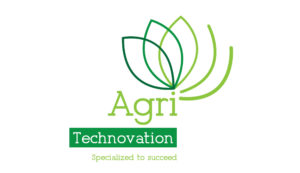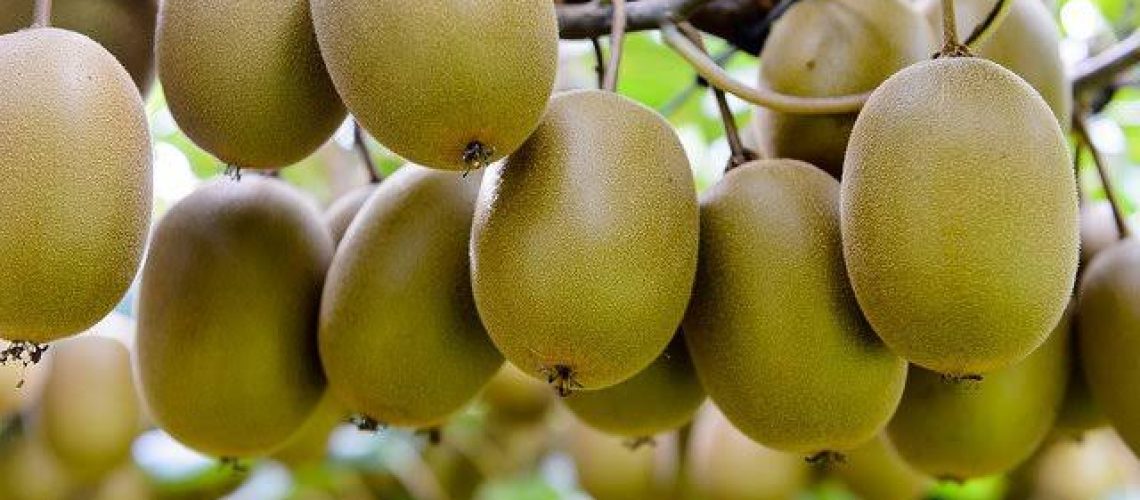By Michael French
Agri Technovation Agronomist
With the correct nutrition programme, high yields of good quality, nutritious kiwifruit are well within reach. However, as any experienced grower will attest, get the nutrition wrong and kiwifruit plants can make life difficult in a number of ways that could impact many years of production:
- delivering a season of high vigour
- intensive pruning requirements
- low yields of compromised quality fruit
- flow-on effects to floral bud development
So, the question that needs to be answered is what does the right nutrition programme look like? Some guidance is provided in this article.
Soil air/water ratio
Often overlooked, an optimised kiwifruit nutrition programme starts with getting the soil air/ water balance right. Kiwifruit plants love water, especially through the 60- to 80-day post-fruit set cell division phase. However, poorly drained soils or over-irrigation will quickly lead to com-promised plant health and yield reductions. A well-drained site, a professionally designed irrigation system and “IrriCheck” soil moisture monitoring equipment is an excellent combination to use to ensure that plants have access to the right amount of soil moisture, at the right time.
Test and balance your base soil nutrition pre-season
It is important to conduct a pre-season soil nutrient analysis (ITEST™SOIL) to determine the imbalances and/or deficiencies in the soil and to correct them in time. This should ideally be done during autumn. Given the value of kiwifruit crops, a 0.5 ha or smaller grid size is well justified and will enable the fine-tuning of soil nutrient levels across your orchard. An Agri Technovation specialist will be able to assist with the taking of soil samples on an appropriate grid pattern across the orchard(s) and recommend the correct application rates of base nutrients for each management area, bringing the soil pH and base nutrient up to an optimised point and getting the season off to the right start.
Calcium (Ca)
With regards to getting the soil nutrient balance right for kiwifruit, calcium is of particular importance. Maintaining the right calcium level for the soil is imperative to producing high-quality kiwifruit with a maximised shelf life. However, care must be taken that the correct form of calcium is utilised to keep the soil pH optimised for the kiwifruit plant, more particularly to avoid micronutrient lock-ups.
Use a well formulated in-season programme
(and adjust it when crop load or leaf results deem this necessary)
An Agri Technovation horticulturist can assist with putting together the right combination of dry, fertigated and foliar nutrition products to support your plant development and/or yield goals. Below are some of the key nutrients that will be considered.
Nitrogen (N)
When considering nitrogen nutrition in kiwi-fruit, it is important to strike a careful balance between fruit sizing, fruit quality, plant vigour and the environmental implications of any leaching. Kiwifruit vines are nitrophilous and will respond heavily to the level and form of nitrogen supplied. Careful consideration is therefore required.
Nitrogen applications need to be timed so that adequate amounts are available to stimulate early season canopy development and fruit sizing. Excessive or poorly timed applications however, may quickly lead to vine vigour issues throughout summer.
Excessive vegetative vigour leads to redirection of nutrients and carbohydrates from fruit production to shoot growth, resulting in a reduction of both the quality and quantity of fruit yields. When this happens, the grower is normally faced with large labour bills to reduce the canopy back to a manageable level, all the while reducing the quality of the remaining canopy through low carbohydrate levels and shading – which further translates into lower floral potential the following season. The use of fertigation and foliar applications of N, or multiple solid applications, will give the grower control of nitrogen inputs across the season and allow for appropriate responses to increases in vigour or adjustments based on crop-load.
Potassium (K)
Potassium is extremely important for assisting with the transport of sugar and starch through-out the kiwifruit plant, and plays a key role in summer moisture management and fruit development. However, as is the case with nitrogen, potassium can easily be mismanaged into kiwifruit crops.
To make the most of this nutrient, potassium applications must be spread/timed evenly across the fruit development season: fertigation and foliar applications are the preferred options here. Given the current trend of rising potassium prices, it pays to get crop estimates finalised as early as possible post-fruit set. With a crop estimate in hand, potassium inputs can be tuned to ensure that adequate but not excessive applications are made, based on likely soil availability of this nutrient and the potential of the fruit set in hand. Excessive applications of soil potassium will firstly lead to wastage of this expensive nutrient and secondly, could antagonise the uptake of other critical elements. One must therefore always be sure to avoid the ‘more-on’ approach to potassium management.
Other nutrients and leaf sampling
Besides nitrogen and potassium, kiwifruit require a balanced supply of all macro- and microelements to ensure successful crop pro-duction and development of quality budwood.
In this instance we can remind ourselves of Liebig’s law of the minimum – any nutrient which is deficient will impact production and, until its deficiency is resolved, further applications of other nutrients will not achieve yield gains. It is recommended that in-season ITEST™LEAF sampling and testing should be done and commenced with prior to fruit-set in the spring, sampling the youngest mature leaf beyond the flowering cluster.
This will allow your horticulturist to check that the current nutrition programme is working as intended, and will give time to correct any deficiencies before they start to seriously im-pact fruit yield. Follow-up leaf tests are recommended throughout the summer season. This will allow for the rechecking of any limiting nutrients to ensure that previous issues have been resolved, and for the fine- tuning of the following season’s nutrition programmes.





